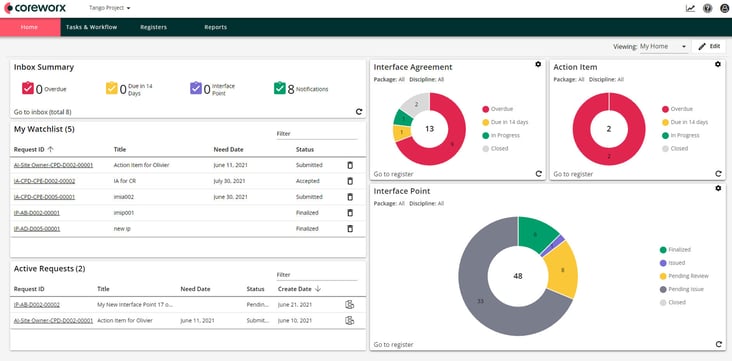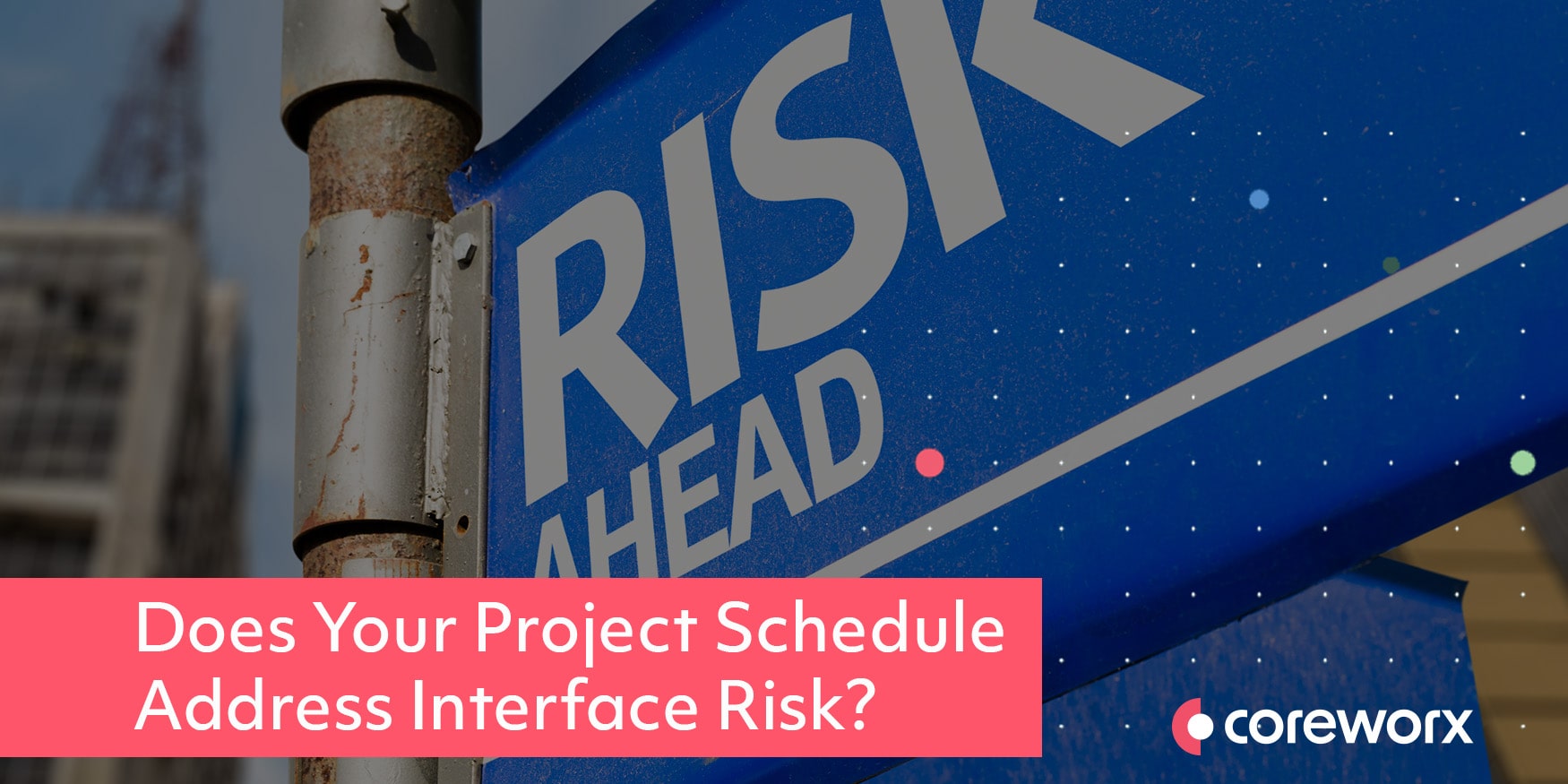
Interface Management KPIs – Leverage Your Data for Insights
The interface management process defines how engineering and construction interfaces are identified and managed so that potential impacts on the design, cost, and schedule of the project are minimized. Eliminating ambiguity and avoiding surprises helps to ensure a more successful and predictable outcome.
As with any project management discipline, early planning is essential. How will interfaces be managed? What tools will be used? How will unresolved interface issues be expedited? How are interface deliverables exchanged? How often will interface meetings be held? These decisions are made early, documented as part of the project’s Interface Management Plan, and then communicated to all interface parties.
Key performance indicators (KPIs) play an important role in ensuring predictability and are used to measure if a project is on track to meet its objectives. Interface management KPIs help project teams understand the performance and health of the project’s interface program; and when done right, help project teams proactively identify issues before they become major problems.
Some projects fail to take KPIs into consideration during the early planning phase or are uncertain about what should be measured when considering an interface management program. Interface management KPIs are powerful, however many projects new to using an automated system to manage interfaces may not realize the full extent of the data and the value they can extract from the online interface register.
Interface Management KPI Categories
Most projects understand and use KPIs across a variety of project management disciplines to predict project outcomes. When choosing KPIs for the success of your interface management program, I recommend considering three key areas.
Scope Control
Interface points identify the interdependencies between different scopes of work. Good practice is to include interfaces as part of the scope package, which leads to increased scope clarity and greater certainty in bids. Proactive management of the interface register will ensure early identification of potential change and scope increase, including added high-risk scope.
- Significant increase in the number of interfaces by package
- Percentage of interface points identified after FEED
- Identify high-risk interfaces / bottlenecks / high-risk areas and dependencies
Related Content – Advanced Project Insights with Interface KPIs - Expert Panel Webinar
Contractor Performance
It’s natural for project stakeholders to focus on delivering to their ‘siloed’ scopes without considering the greater project goals and objectives. Monitoring the involvement of all parties in the ongoing management of interface issues will identify potential problem areas early and ensure ongoing collaboration and alignment.
- Number of interface agreements submitted but not accepted
- Quality of response – due date has been met, but the quality/deliverable is questionable
- Significant increase in interface agreement changes
- Attendance at interface meetings
Interface Progress Relative to Schedule
Interfaces can have a significant impact on project schedule. Keeping close tabs on the alignment of interface deliverables and project schedule milestones provides early identification of interface-related schedule risk.
- Interface deliverables are lagging planned schedule activities
- Number and/or percentage of overdue interface agreements
- Number of interface points without interface agreements
- Interface completion / forecasting
Monitoring these key areas will allow for proactive mitigation when it becomes necessary, and teams will be able to monitor and react in a much timelier manner. A key performance indicator should help you measure progress towards a goal and may vary from project to project. Be selective and choose what will work best for your project.
Related Content – Risk Mitigation in Project Management – Uncover Schedule Discrepancies

Interface Connect homepage provides quick access to interface management key performance indicators (KPIs)
Plan KPIs for Your Project
When thinking about KPIs, it’s important to remember that every project is unique. Project teams must determine which KPIs will work best for the project at hand. Early planning of KPIs for the project will feed into the implementation phase and help identify the attributes and data to be captured for the identification and tracking of each interface. You must ask if you are currently tracking the data you need to support the identified KPIs or if additional data is required. For example, a high number of revisions on an interface agreement may be an indicator of potential disconnects between interface parties, identifying an issue in the relationship or potential problems with resolving the issue at hand. If these are important indicators for your project, you must be sure your interface program and supporting solution can track revisions.
Summary – Leverage Your Valuable Interface Data for Actionable KPIs
All projects understand the importance of properly tracking and managing project interfaces, but many may not have considered the possibilities or understand the value or power of the interface data they have available. The impact on interface execution can lead to a reduction in field rework and resulting delays, and higher productivity in EPC activities due to greater collaboration among delivery teams and more predictable completion of interface deliverables.
Interface KPIs are just one piece of the puzzle in the overall project risk management program; but they certainly represent a very significant piece. An interface manager once said to me, “never underestimate the power of an interface”. This is a statement that comes to mind often. Interfaces represent significant risk to projects; risk that should be evaluated against all other project KPIs to truly have a complete picture.
Interface KPIs are a scorecard for your project bringing benefits to all stakeholders. Done right, with proper oversight and management, interface KPIs will keep your project on track and ensure the success of your interface program.
Learn More: Interface Management KPIs Expert Panel Webinar
Want to learn more about interface KPIs and how they can help you better manage you projects from the experts who have used these tools on their projects? Watch our Advanced Project Insights with Interface KPIs - Expert Panel Webinar to hear more about the KPIs mentioned above as well as what other experts from the panel recommend for interface management KPIs.
(Updated Feb 2023.)





